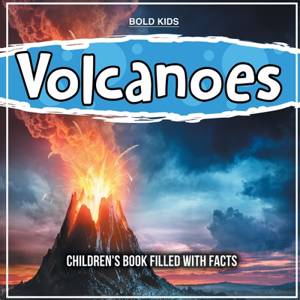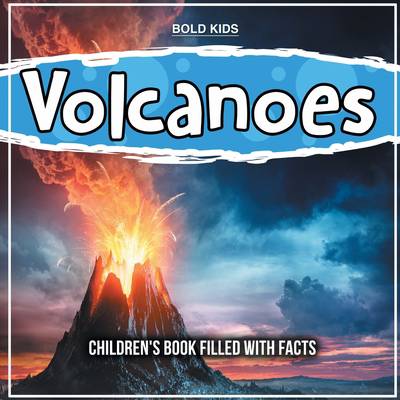
- Afhalen na 1 uur in een winkel met voorraad
- Gratis thuislevering in België vanaf € 30
- Ruim aanbod met 7 miljoen producten
- Afhalen na 1 uur in een winkel met voorraad
- Gratis thuislevering in België vanaf € 30
- Ruim aanbod met 7 miljoen producten
Zoeken
Omschrijving
Learn all about volcanoes. A volcano is a planetary mass object that has a break in its crust. Hot lava, gases, and ash can escape through the rupture. This activity is called a volcano eruption, and a volcano is a natural disaster. Learn how a volcano works and what happens when it erupts. Also, learn the differences between a volcanic eruption and an earthquake. Observing a volcano is not easy. Even if you have seen a giant, pyramidal mountain, you may not know that different volcanoes have different features and levels of danger. A volcano can be complex in design, and scientists have classified them into four types, based on their characteristics. Shield volcanoes, for example, are characterized by a sloping side and a wide, shallow base. Some volcanoes take thousands of years to form, and others can grow overnight. The formation of a volcano can be so rapid that dust from it can be thousands of miles away. A volcano can also produce a pool of bubbling mud as a result of hot water mixing with mineral pbooks. This mud can eventually be cleaned by rainwater. Despite the speed of growth, volcanoes produce toxic gases and can be dangerous to nearby people. While most volcanoes are located in remote regions with few inhabitants, they can still be dangerous. In fact, over 260,000 people have died due to volcanic activity. Mount Rainier, the most dangerous volcano in the United States, is actually located beneath a city. Although it is not likely to erupt, it does slack off occasionally, sending ashes and rock fragments flying into the air. If it were a city, it would be destroyed.
Specificaties
Betrokkenen
- Auteur(s):
- Uitgeverij:
Inhoud
- Aantal bladzijden:
- 42
- Taal:
- Engels
Eigenschappen
- Productcode (EAN):
- 9781071712160
- Verschijningsdatum:
- 15/08/2022
- Uitvoering:
- Paperback
- Formaat:
- Trade paperback (VS)
- Afmetingen:
- 216 mm x 216 mm
- Gewicht:
- 117 g

Alleen bij Standaard Boekhandel
+ 44 punten op je klantenkaart van Standaard Boekhandel
Beoordelingen
We publiceren alleen reviews die voldoen aan de voorwaarden voor reviews. Bekijk onze voorwaarden voor reviews.











